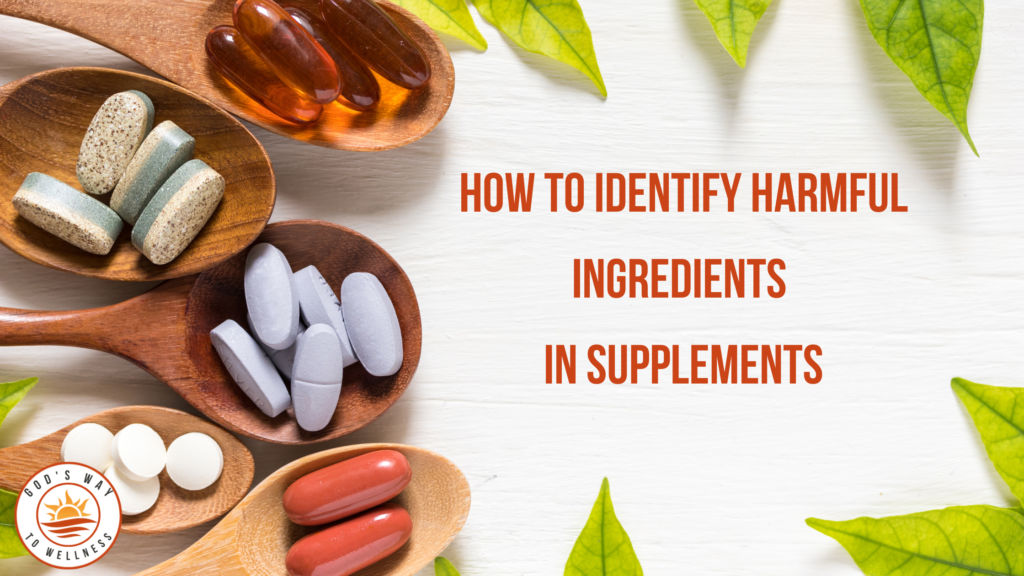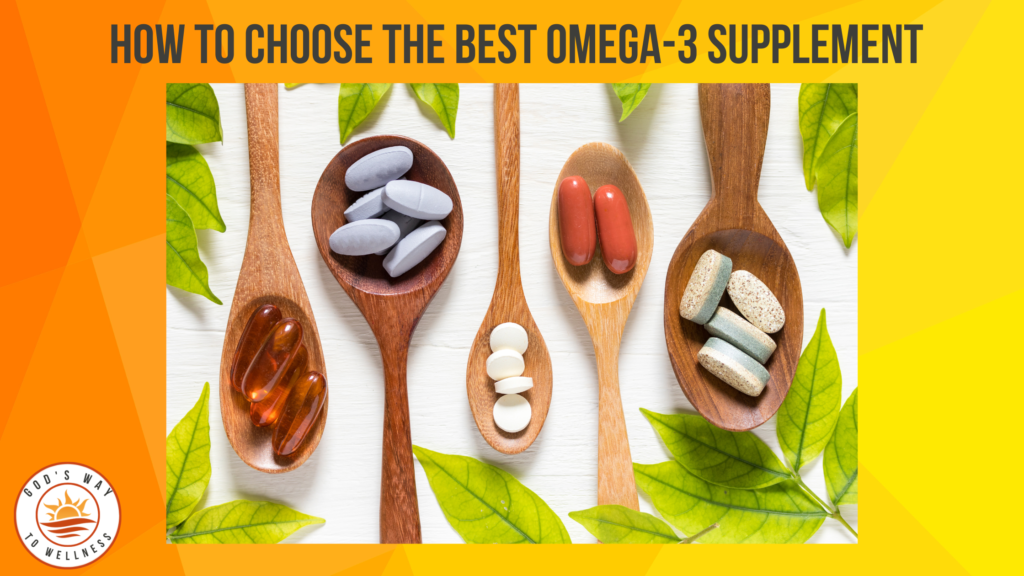There is no doubt pesticides and herbicides are harmful to humans and the environment. Try searching online for “are pesticides harmful to humans,” and return over 9 million results!
The Environmental Working Group reports nearly 70% of non-organic fresh produce sold in the U.S. contains residues of potentially harmful chemical pesticides including glyphosate, or Roundup–the most heavily used pesticide in the U.S.
However, organic produce is more expensive than conventionally grown. Also, sometimes local produce is not organic and I like to support local farmers too. So, I wonder, can you wash pesticides from produce to save money?
What does organic mean?
Organic produce is grown without the use of pesticides, herbicides, synthetic fertilizers, sewage sludge, genetically modified organisms, or ionizing radiation. The USDA inspects and certifies organic farms. In addition, they must have an organic system plan in place and records to support its use.
Look for the green and white USDA organic label on packaged foods. PLU codes on fresh organic produce will start with 9. For example, conventionally grown lemons are 4033 and organic lemons are 94033.
Data on pesticides in produce
Each year, the Environmental Working Group publishes their Dirty Dozen, the list of fresh produce with the highest concentration of pesticides. They also publish the Clean Fifteen, the list of produce with the lowest amounts of pesticide residue.
The lists are created from data from the U.S. Department of Agriculture’s Pesticide Data Program, which collects and stores data on pesticide residues in the U.S. food supply. The USDA conducts their tests on produce prepared as it would be at home, washed, and, if applicable, peeled.
Consumer Reports compiled their own useful rating system for fresh, frozen, canned and dried produce, also based on USDA data.
Scientific studies on washing pesticides from produce
To answer my question, I dug into a few scientific studies. (Skip the studies and jump to the end.)
Strawberries
Fungicides and insecticides are widely used on strawberries because they are susceptible to many insects and diseases. (Strawberries are always #1 on the Dirty Dozen.)
In this study, the researchers tested the effects of washing with tap water, washing with ozone water, ultrasonic cleaning, and boiling on sixteen pesticides in strawberries. Three processing times were used: 1, 2 and 5 minutes.
Results showed washing with tap water significantly reduced (over 50%) the concentrations of five of the sixteen pesticides, especially when washing for five minutes. 1
Apples
Apples are another produce item high on the Dirty Dozen list. A widely cited study found certain surface pesticide residues were removed using a sodium bicarbonate (baking soda) solution soak for 12-15 minutes. Tap water and chlorine bleach were not as effective.
However, baking soda did not remove residues penetrating the apple peel surface. Peeling is more effective in removing the penetrated pesticides. 2
Kumquat, spinach, and cucumber
This study compared several methods of washing pesticides from produce. Researchers investigated ten typical pesticide residues.
Washing with tap water was slightly effective in reducing pesticides in cucumber, since removal rates of 10 pesticides were less than 35%. A 2% sodium bicarbonate solution improved the percentage.
Tap water, as well as detergent solutions, reduced pesticide residue in kumquat. The removal of 10 pesticides in kumquat was 20–40% by tap water washing.
Washing pesticides from spinach with tap water is difficult, though the pesticides in spinach were easier to remove with an oxidizing washing solution. Increased washing time up to 15 minutes showed increased reduction. 3
Lettuce, strawberries, tomatoes
Another study discovered rinsing with tap water significantly reduced nine of the twelve pesticides tested. Four fruit and vegetable wash products were no more effective than tap water alone or a 1% solution of dishwashing liquid. 4
Final thoughts
Can we wash pesticides from produce?
Answer: Sometimes, maybe. It depends.
But we can decrease our exposure to pesticides, and still enjoy a variety of fresh vegetables and fruits God made for us.
- Buy organic produce, especially the Dirty Dozen top 5. (In 2024: strawberries, spinach, kale and mustard greens, grapes, peaches.)
- Wash all produce thoroughly with tap water. If non-organic, soaking in a solution of 2 tsp baking soda dissolved in 4 cups of water for 15 minutes followed by a tap water rinse may help to remove pesticide residue. Scrub hard surfaced items such as apples and potatoes.
- Peel non-organic produce if possible.
- Consumer Reports recommends washing produce as soon as possible. With time, pesticides absorb deeper and are more difficult to remove. However, delicate produce such as berries and mushrooms may spoil if washed too far ahead of use.
- There’s no evidence that commercial wash products remove more pesticides than tap water.
References
- Lozowicka, B., Jankowska, M., Hrynko, I. et al. Removal of 16 pesticide residues from strawberries by washing with tap and ozone water, ultrasonic cleaning and boiling. Environ Monit Assess 2016 188, (51). https://doi.org/10.1007/s10661-015-4850-6.
- Tianxi Yang, Jeffery Doherty, Bin Zhao, Amanda J. Kinchla, John M. Clark, and Lili He, Effectiveness of Commercial and Homemade Washing Agents in Removing Pesticide Residues on and in Apples, Journal of Agricultural and Food Chemistry 2017 65 (44), 9744-9752 DOI: 10.1021/acs. jafc.7b03118.
- Wu Y, An Q, Li D, Wu J, Pan C. Comparison of Different Home/Commercial Washing Strategies for Ten Typical Pesticide Residue Removal Effects in Kumquat, Spinach and Cucumber. Int J Environ Res Public Health. 2019 Feb 6; 16 (3):472. doi: 10.3390/ijerph16030472. PMID: 30736280; PMCID: PMC6388112.
- Krol. Walter J, Removal of Trace Pesticide Residues from Produce. https://portal.ct.gov/CAES/Fact-Sheets/Analytical-Chemistry/Removal-of-Trace-Pesticide-Residues-from-Produce. Accessed 10/12/2021.



